How to Choose the Right Filling Machine for Your Business Needs
In the fast-paced world of manufacturing and packaging, selecting the right filling machine is crucial for optimizing efficiency and meeting your business needs. With a myriad of options available, from volumetric to piston fillers, it can be overwhelming to determine which type aligns best with your production requirements. This guide aims to equip you with essential tips and insights that will simplify the decision-making process. Whether you are a small startup or an established company looking to upgrade, understanding the key factors such as product type, viscosity, production volume, and budget constraints will help ensure that you make an informed choice. Join us as we explore the critical elements to consider when investing in a filling machine that not only enhances productivity but also contributes to the overall success of your operations.
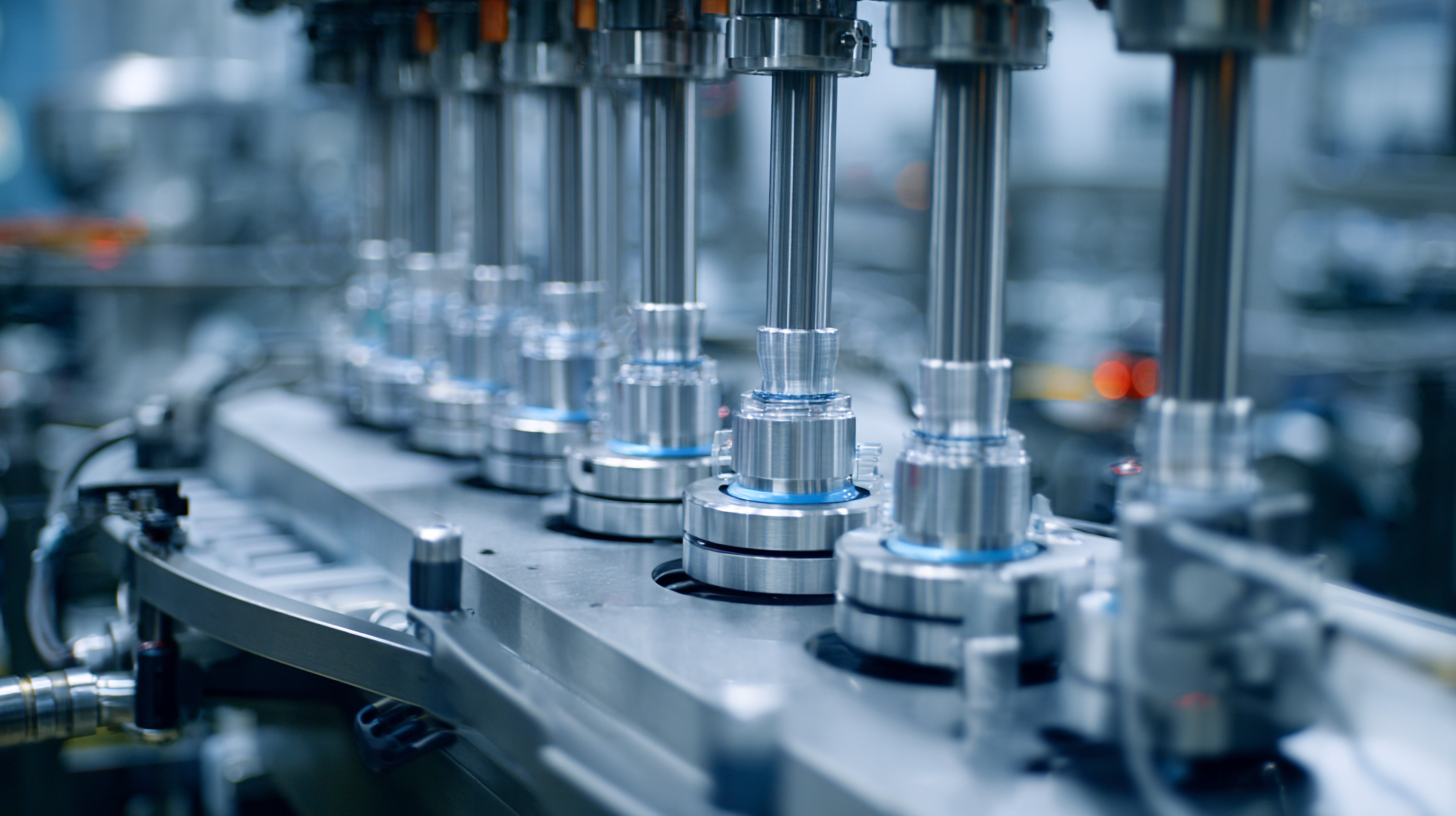
Understanding Different Types of Filling Machines Available in the Market
When selecting the right filling machine for your business needs, understanding the various types available on the market is crucial. Filling machines can be categorized based on their functionality, such as automatic and semi-automatic types, as well as the materials they process, which include liquids, powders, and granules. Each type of filling machine serves specific applications, from liquid filling machines suitable for beverages and pharmaceuticals to powder filling machines ideal for food products. The right machine will enhance efficiency and accuracy in your packaging process.
The market for filling machines reflects diverse growth patterns influenced by sector demands. For instance, the automatic bagging machine market, valued at $520 million in 2022, is projected to reach $810 million by 2030, demonstrating a compound annual growth rate (CAGR) of 6.2%. In contrast, the Form-Fill-Seal (FFS) machine market is expected to exceed $8.7 billion by 2024, driven by increases in the food and beverage industry's need for convenient and hygienic packaging solutions. Understanding these trends helps businesses align their equipment choices with current market dynamics, ensuring they invest in technologies that will enhance productivity and output quality over the years.
Key Factors to Consider When Selecting a Filling Machine
When selecting the right filling machine for your business needs, it’s essential to consider several key factors that can significantly affect operational efficiency and product quality. One crucial aspect is the connectivity and integration capabilities of the machine. With the increasing popularity of the Internet of Things (IoT), machines that can communicate with one another and connect with existing production systems can lead to enhanced monitoring and predictive maintenance. This capability not only boosts productivity but also minimizes downtime, as interconnected systems can alert operators to issues in real time.
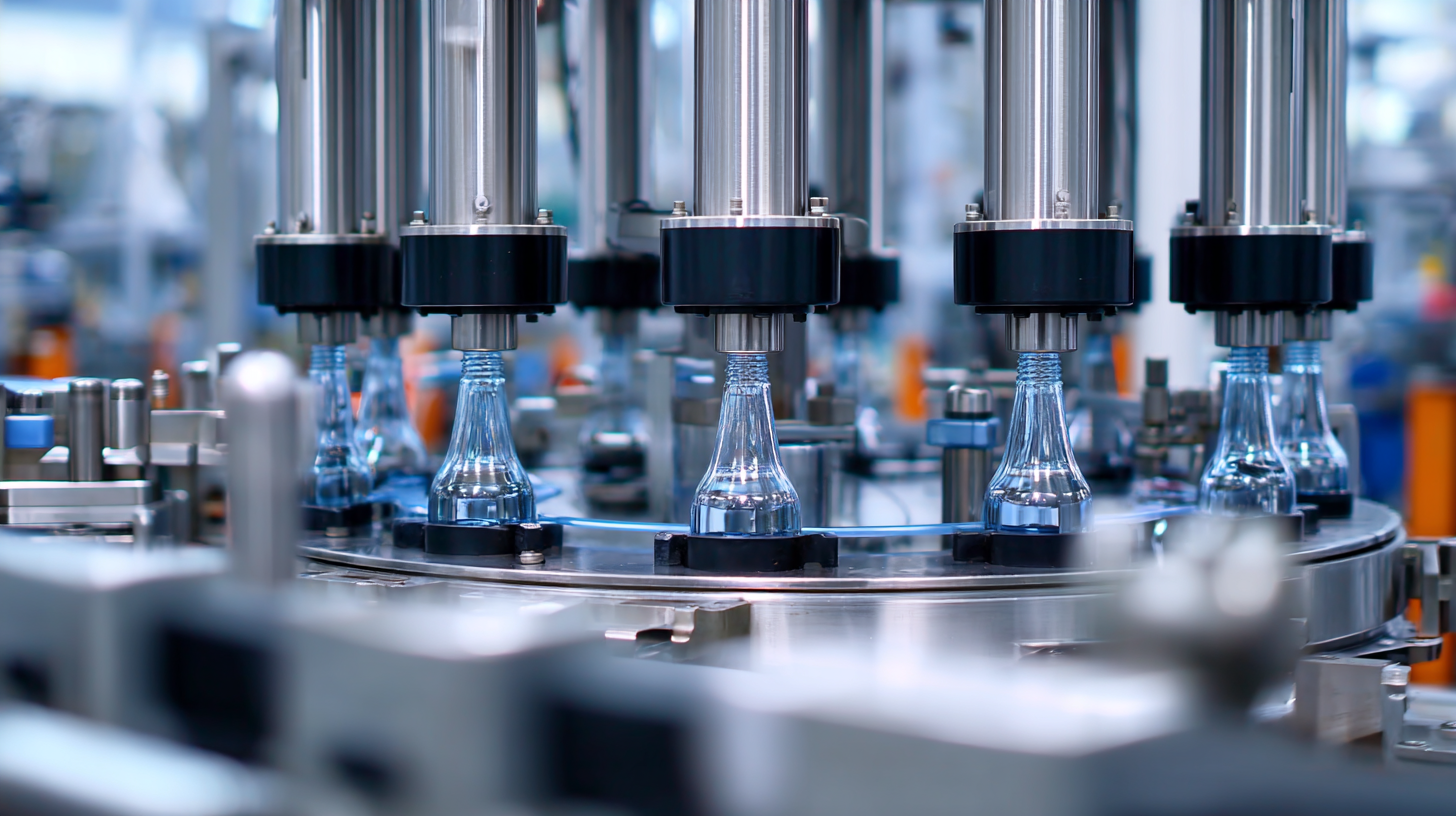
Another important factor is the machine's adaptability for various product types, which is particularly relevant in biomanufacturing sectors where fill–finish operations for advanced therapies are becoming increasingly complex and critical. According to recent reports, formulation and fill–finish operations are high-value steps that require specialized equipment capable of handling delicate processes. Facilities must ensure that their filling machines can not only fill but also maintain the integrity of seals, as any compromise in this process could result in significant financial losses. Thus, when choosing a filling machine, evaluating its compatibility with evolving product formulations and packaging requirements is vital for sustained operational success.
Types of Products and Their Compatibility with Filling Machines
When selecting a filling machine for your business, understanding the types of products you will be filling is crucial. Different filling machines are designed for various product consistencies and container types. For instance, liquid products such as water, juice, or oils often require pump filling machines, which offer high accuracy for thin liquids. In contrast, thicker products like sauces or creams may necessitate piston fillers that can handle viscous textures effectively.
Tip: Always consider the viscosity of your product. Testing a sample with the potential filling machine can help ensure compatibility and avoid production issues down the line.
Additionally, for dry products such as granules or powders, you should look into auger or gravity filling machines. These machines are built specifically to handle bulk densities and can ensure efficient filling without spillage. Assessing your product’s properties, such as particle size and flowability, will aid in choosing the most suitable equipment.
Tip: Conduct thorough research on machine specifications related to your product type, as this can significantly enhance operational efficiency and minimize waste during the filling process.
How to Choose the Right Filling Machine for Your Business Needs
| Filling Machine Type | Compatible Products | Suitable Industry | Filling Capacity (Liters) | Speed (Bottles per Minute) |
|---|---|---|---|---|
| Gravity Filling Machine | Liquids (Water, Juice) | Food & Beverage | 10-20 | 25-40 |
| Piston Filling Machine | Thick Liquids (Sauces, Oils) | Food, Cosmetics | 5-50 | 15-30 |
| Vacuum Filling Machine | Sensitive Liquids (Wines, Perfumes) | Beverage, Pharmaceutical | 1-10 | 20-35 |
| Auger Filling Machine | Powders (Flour, Sugar) | Food, Chemical | 5-25 | 10-50 |
| Bottle Blow Filling Machine | Carbonated Drinks | Beverage | 1-20 | 40-100 |
Comparative Analysis of Automatic vs. Manual Filling Machines
The market for liquid filling machines is experiencing substantial growth, driven by increasing demands across various industries. According to a recent industry report, the global liquid filling machine market is projected to reach approximately $4.2 billion by 2026, growing at a compound annual growth rate (CAGR) of 6.3%. This growth is primarily attributed to the rising need for efficient packaging solutions, particularly in sectors such as food and beverage, pharmaceuticals, and cosmetics.
When considering filling machines, businesses must weigh the pros and cons of automatic versus manual systems. Automatic filling machines dominate the market, accounting for about 65% of total shares due to their high efficiency and the ability to handle large volumes, thereby reducing labor costs. They are available in various types of filling mechanisms, including vacuum filling, volumetric filling, and weight filling, each suited to different product types—ranging from glass and plastic containers to Tetra Pak and carton board. Conversely, manual filling machines, while typically more affordable, are limited in speed and efficiency, making them more suitable for small-scale operations or startups that may not yet need high-capacity production.
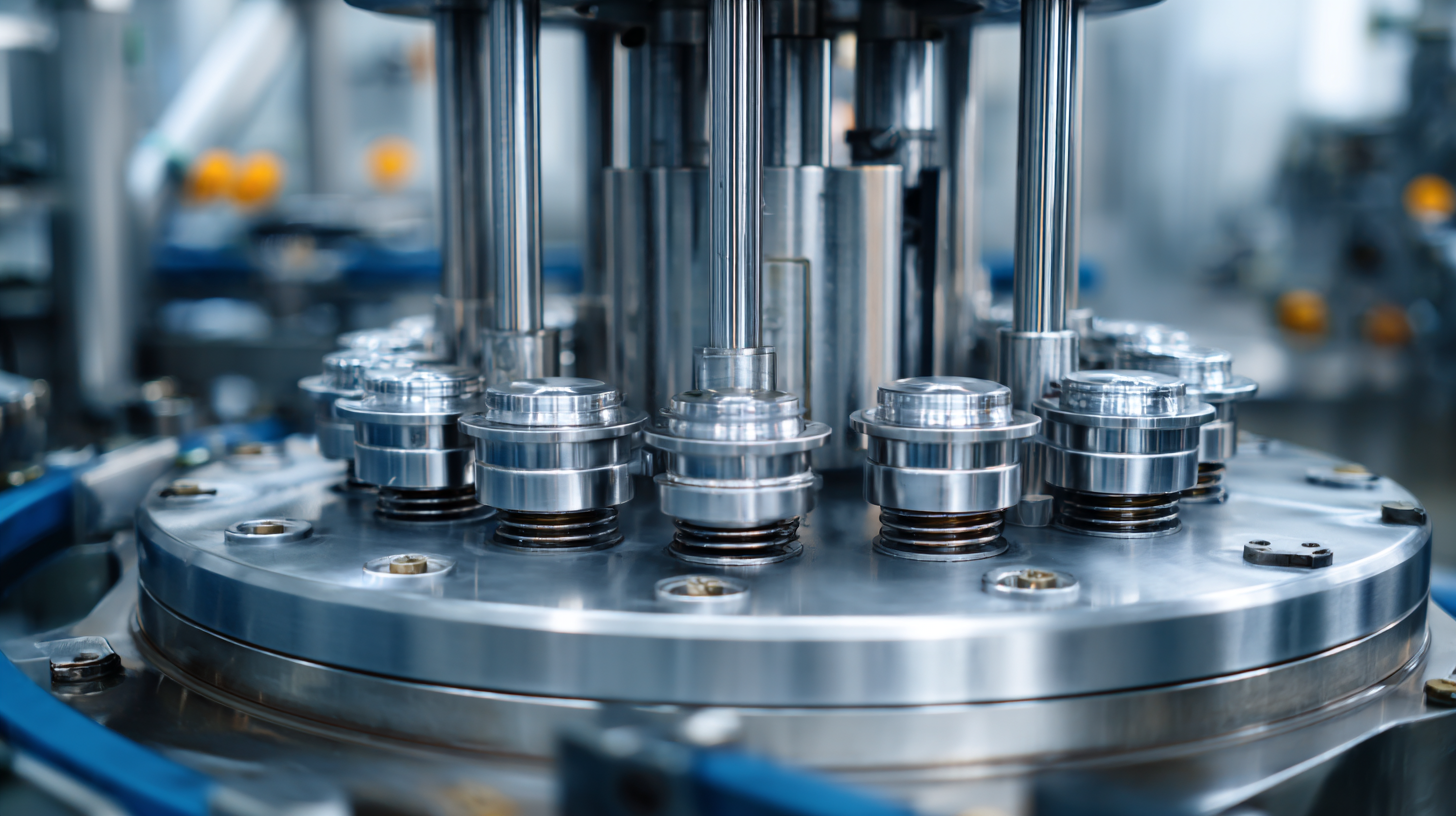
Budgeting and Cost Considerations for Filling Machine Investment
When considering the purchase of a filling machine for your business, budgeting plays a crucial role in the decision-making process. The initial cost of a filling machine can vary significantly based on its capabilities, automation level, and the materials it handles.
A thorough understanding of your budget will guide you in selecting a machine that not only fits your financial constraints but also aligns with your production needs. This involves anticipating not just the upfront price but also potential ongoing costs such as maintenance, training, and operation.
Capital budgeting techniques are vital in this process, as they help assess the machine's potential return on investment. You'll want to evaluate the long-term benefits against the initial expenditure. Factors such as efficiency improvements, increased production capacity, and reduced labor costs could substantiate the investment in a higher-end filling machine.
By taking a systematic approach to budgeting and considering the full spectrum of costs associated with filling machine ownership, businesses can ensure they make an informed choice that supports their growth objectives.
Related Posts
-
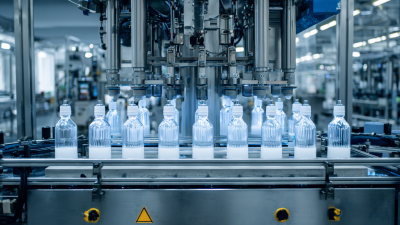
Unlocking Efficiency: Benefits of the Best Liquid Filling Machines for Your Business Success
-
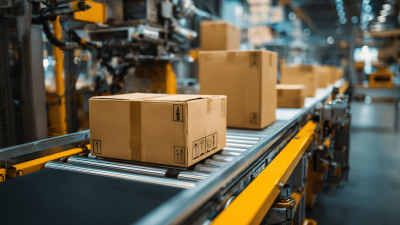
How to Choose the Right Vacuum Packaging Machine for Your Business Needs
-
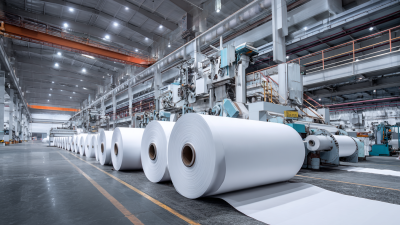
Chinese Manufacturing Leading the World with Best Flexible Packaging Quality
-

How to Choose the Best Screw Packing Machine for Your Business Needs
-
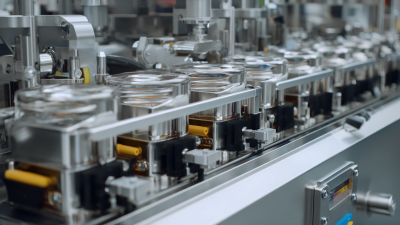
Unlocking the Potential of Best Food Packaging Machines Through Comprehensive Technical Specifications and Step by Step Guidelines
-
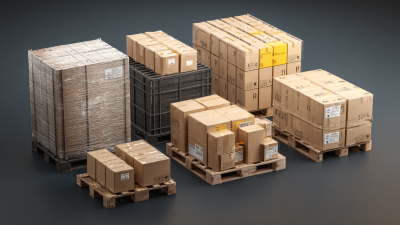
Mastering Best Industrial Packaging Specifications and Tips for Optimal Use

